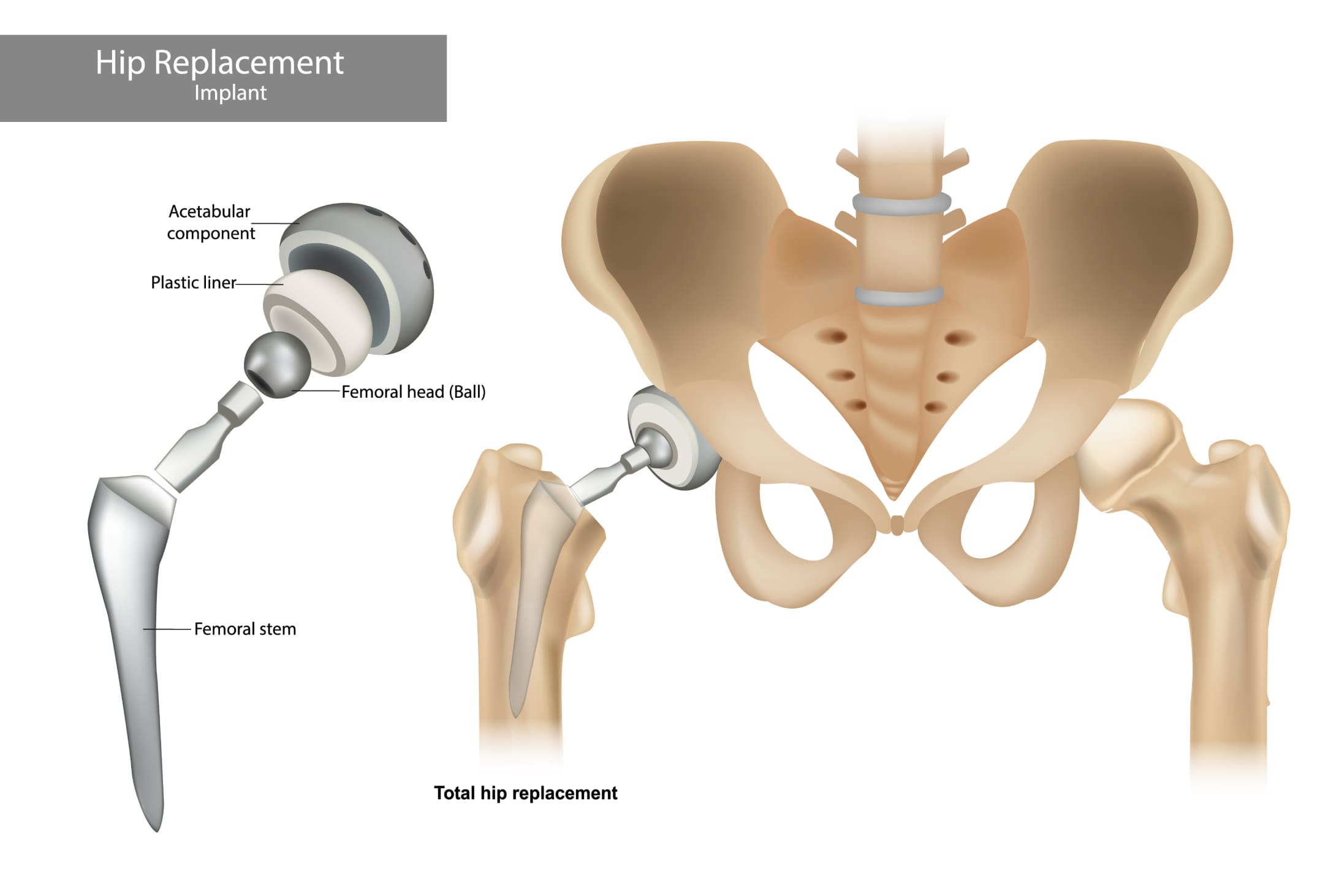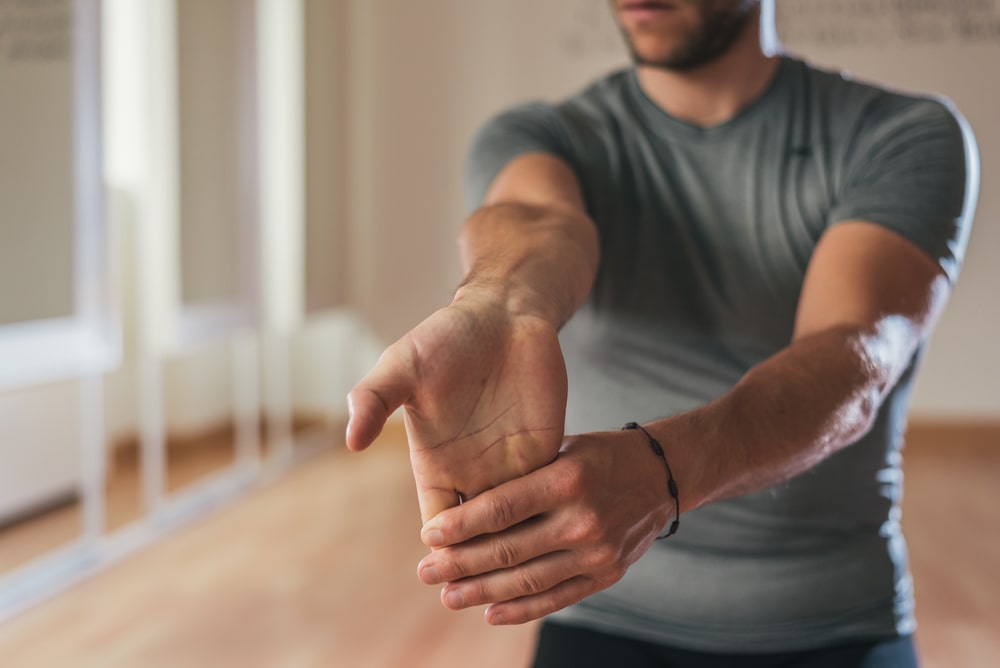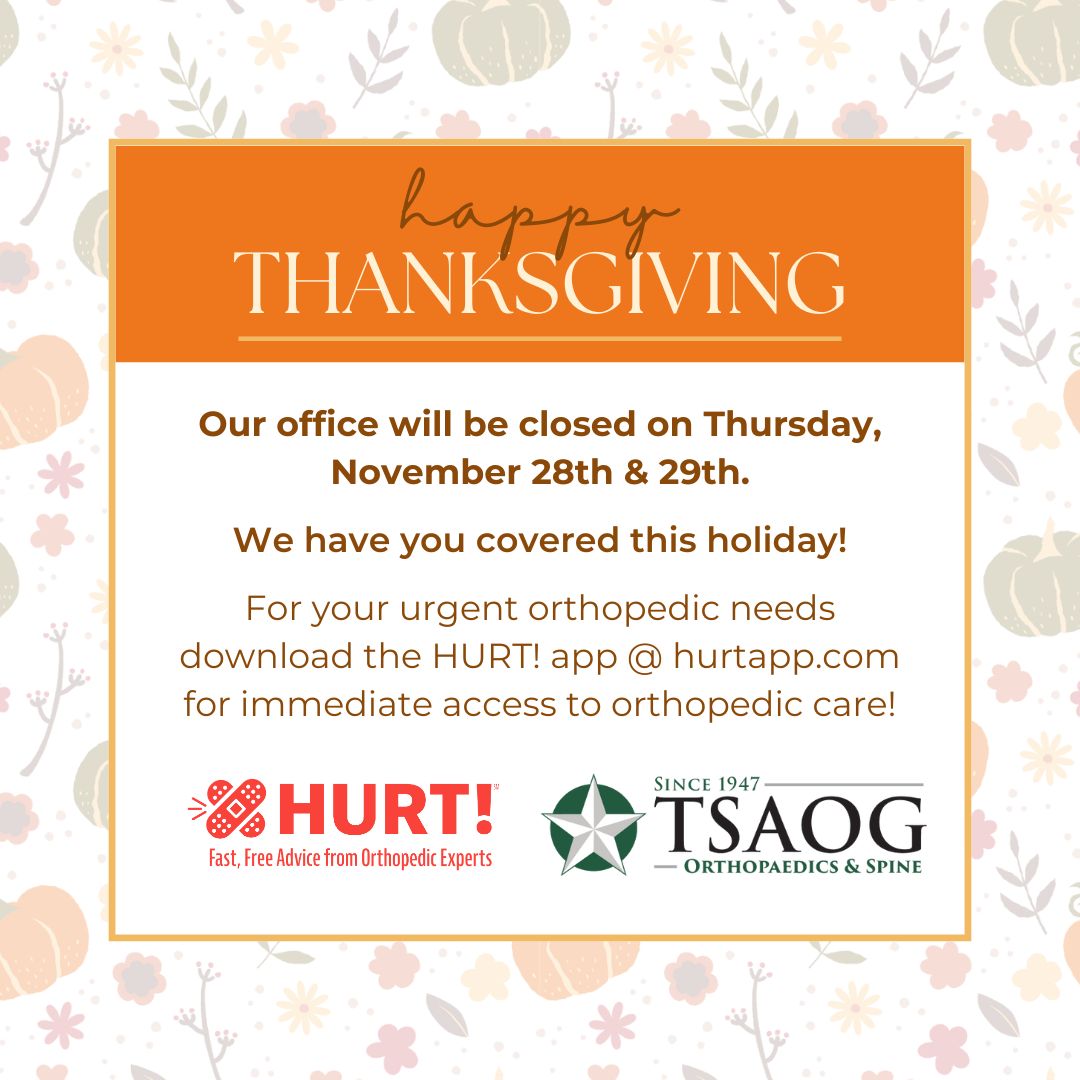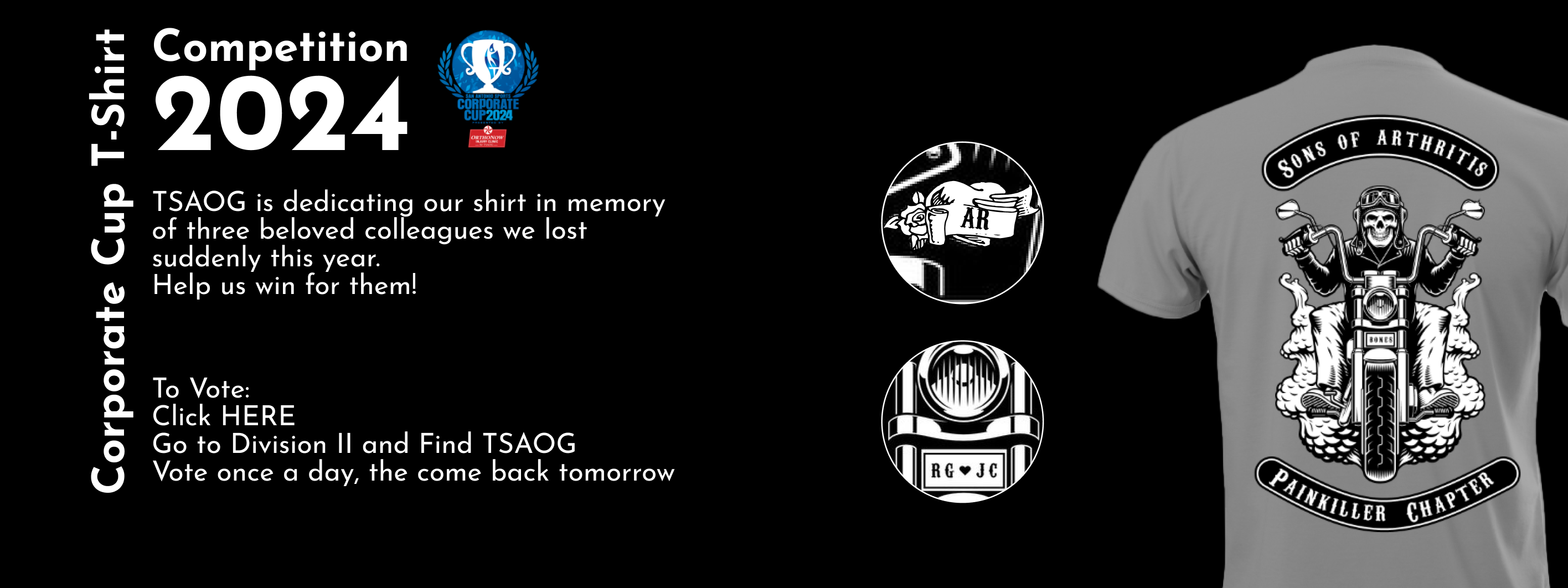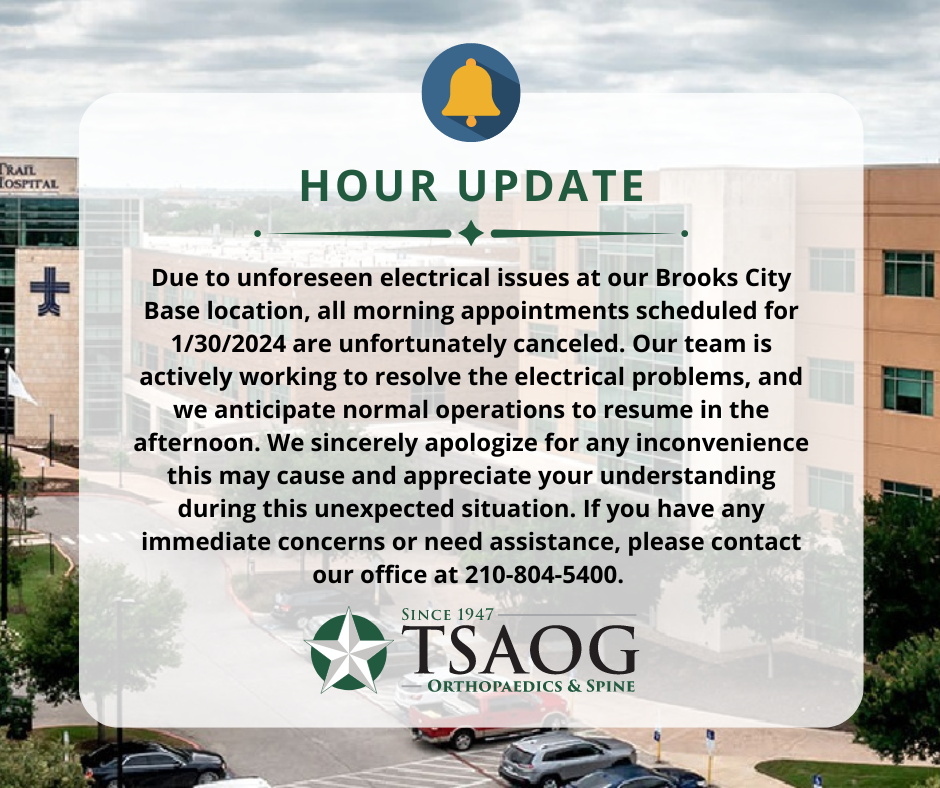So many people suffer from injuries that affect their daily lives. From back issues to aches or pains felt throughout the day. While there are a ton of diagnoses for these patients, one specialty to seek medical advice from would be a pain management specialist. This is because of the wide area pain management specializes in from both acute to chronic pain.
What are pain management doctors?
Pain management doctors are physicians who specialize in reducing the pain that a patient experiences. Often this is accomplished through prescribing medications or working with a physical therapist to develop a treatment plan.
Pain management doctors can come from all kinds of medical backgrounds such as anesthesiology and physical medicine. From there, doctors will train and become certified to treat patients and help manage their pain.
What do pain management doctors do?
The goal of a pain management physician is to reduce the pain or discomfort of a patient. Some of the methods of treatment within pain management are prescribing medications, developing physical therapy regimens, or administering injections. These treatment options vary from patient to patient but ultimately are determined by the condition and severity of pain of the patient.
At TSAOG, our pain management providers take the whole body into account, such as your nerves, muscles and bones, to treat injuries and illnesses that affect how you move and accurately pinpoint problems to enhance your performance without surgery.
Types of pain treated by pain management specialists
One of the benefits of seeing a pain management specialist is the versatility or wide range of areas that they can treat. These can include acute and chronic pain.
Acute pain is any condition that has developed suddenly for a patient. Some examples of this are sprains, strains, or traumatic injuries. Some acute pains are able to go away on their own, but if they linger, pain management specialists can step in to offer treatment. This can be in the form of medicines or injections to give relief to the injury.
On the other side, chronic pain is a condition that has built up over time to the point where it is affecting daily activity. This type of pain can exist as a dull ache or be excruciating enough to keep patients from getting out of bed. Pain management specialists’ goal in this case would be to help treat the symptoms of the condition.
More specifically, pain management specialists see many areas of the body from head to toe. These include back pain, neck pain, disc herniations, rheumatoid arthritis, and so much more.
Types of treatment by pain management doctors
Because there are so many areas that can be treated through pain management, there are multiple ways for a doctor to help treat your condition. Treatment plans can consist of medications, injections, or even physical therapy.
Some of the prescribed medications that a pain management doctor uses are opioids, steroids, and other types of pain medications. While treatment options like opioids can be helpful in treating severe symptoms, they also have other side effects to using them regularly. It is important to follow the instructions and check in regularly with your doctor to avoid misusing them.
Physical therapy plans can help to alleviate pain by having patients increase flexibility, improve their strength, or increase their mobility when it comes to their condition. Pain management providers can use this form of treatment to help patients avoid taking too many medications that could cause more problems in the future.
If medications and physical therapy don’t work, then doctors can take interventional methods such as injections. Injections that are done with the assistance of ultrasound guided technology, or ultrasound guided injections. This allows your doctor to precisely deliver medications into specific areas of the body. These areas can include the knee, spine, and other joints in the body. Injections can offer pain relief and reduce inflammation.
PRP or Platelet-Rich Plasma Therapy is a form of treatment in which a high concentration of the patient’s own platelets and growth factors are injected directly into the injury site to promote healing and give patients another treatment option for dealing with orthopedic conditions such as joint pain and several types of injuries. One reason that PRP may be used over a steroid injection is because steroid injections are not considered a long-term solution. Frequent steroid injections to control a patient’s pain can weaken tissue in the treated area. Whereas, PRP Therapy can offer the affected area an opportunity to heal.
One thing to consider when seeing a pain management specialist is the overall goal of their treatment plan. While most doctors aim to cure a patient from disease or injury, pain management focuses on improving the quality of life for patients. Not only is this the case for our pain management team here at TSAOG, but they also have the resources to accomplish this. Whether you need treatment through injections, physical therapy, or PRP therapy, TSAOG has the ability to refer to treatment options in-house. If you feel like you would benefit from seeing a pain management specialist, schedule an appointment with us today.

